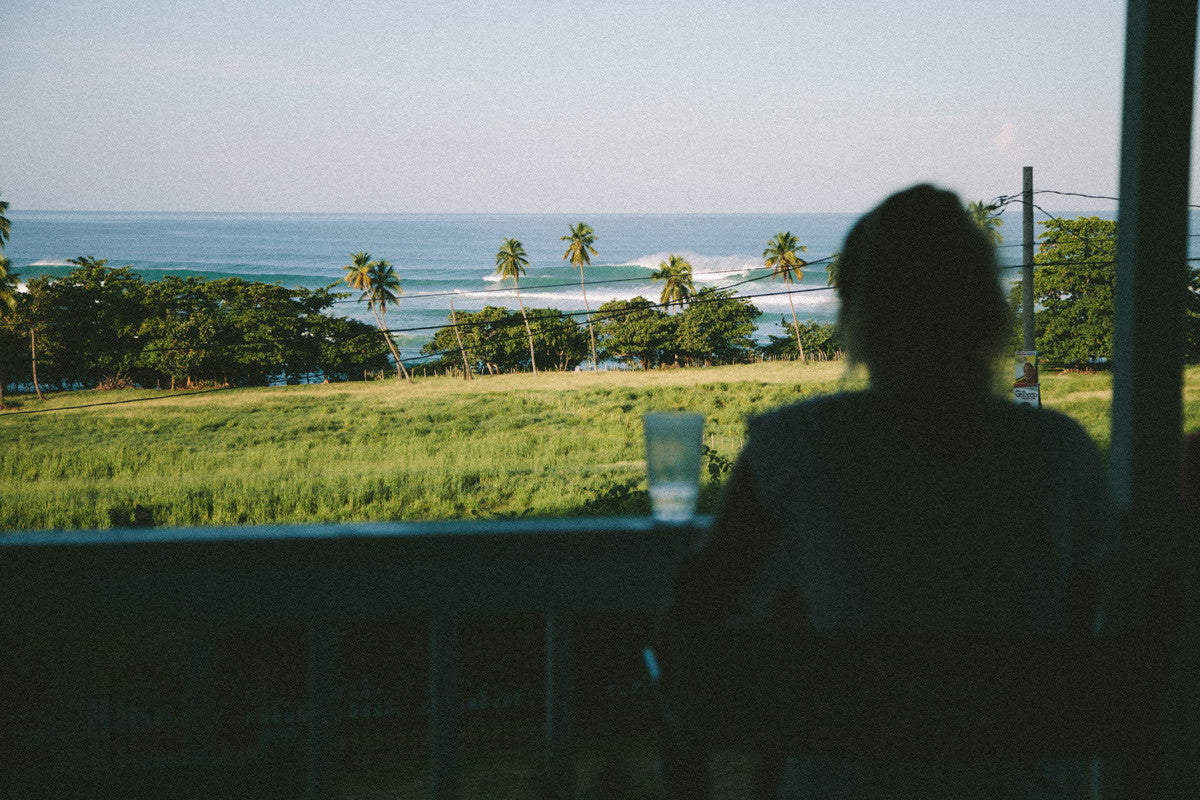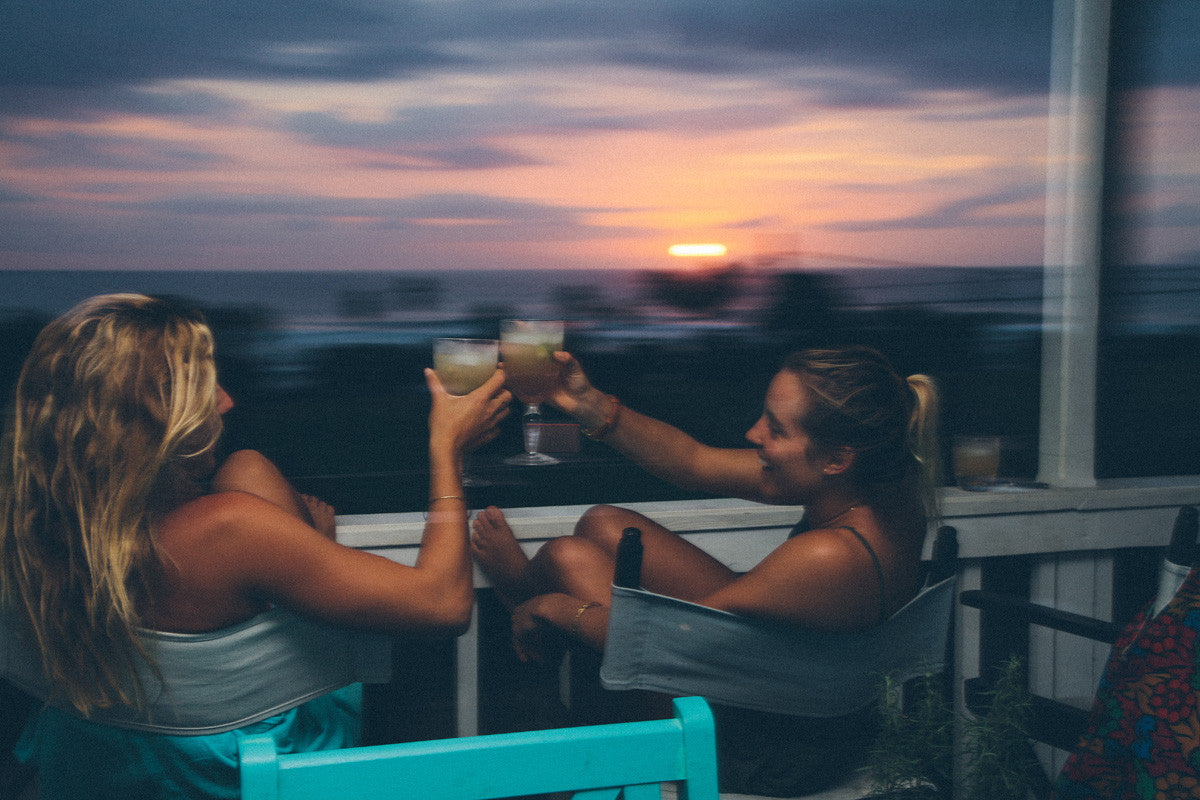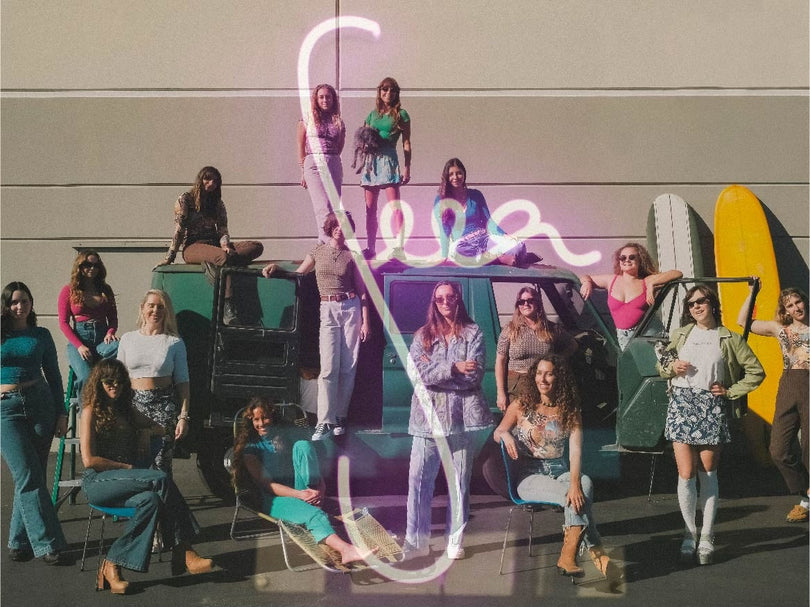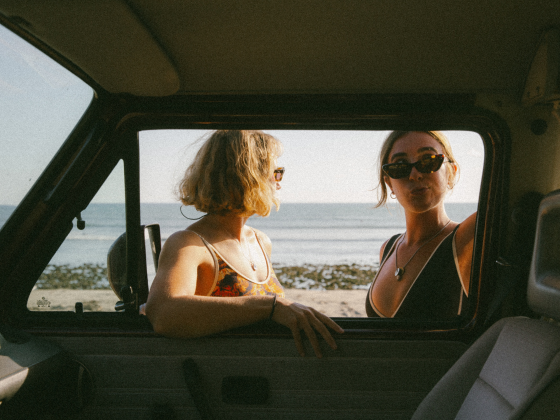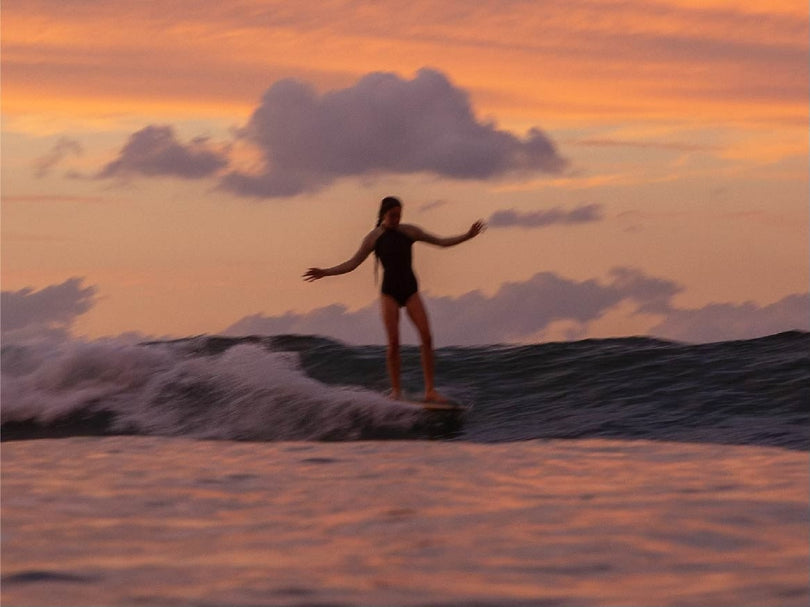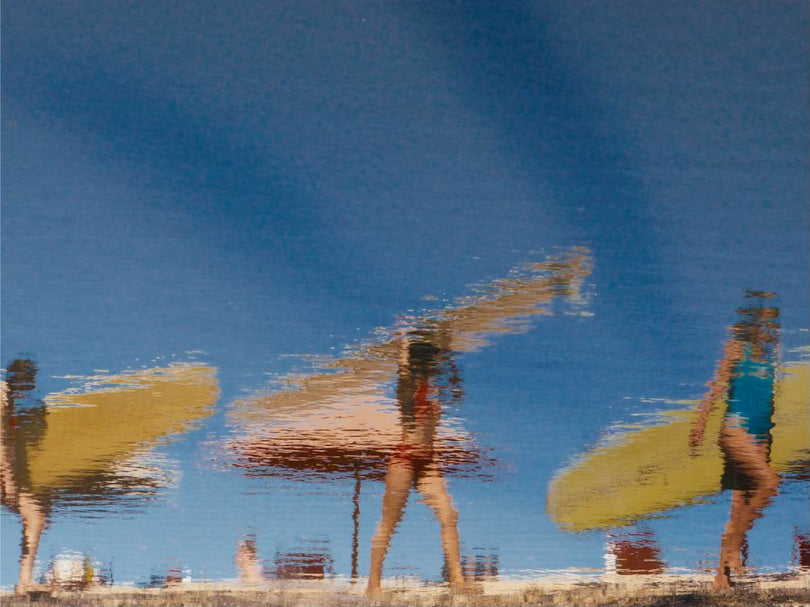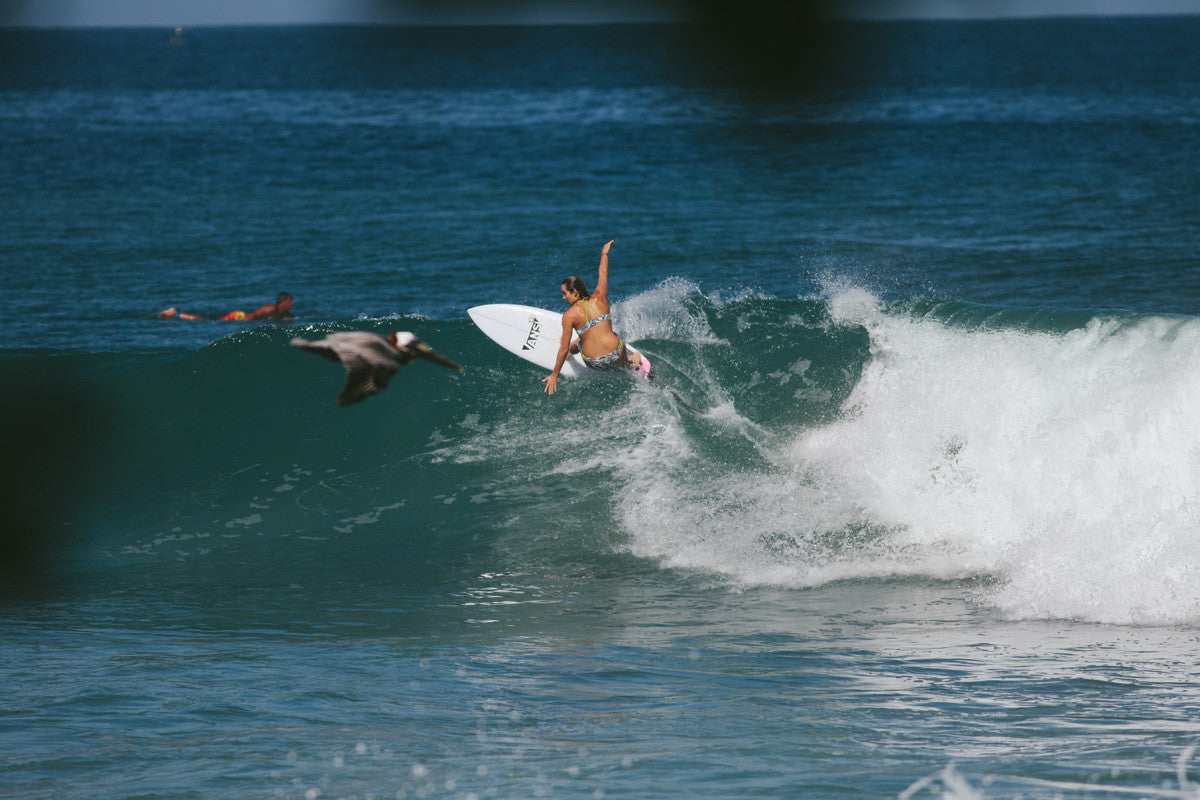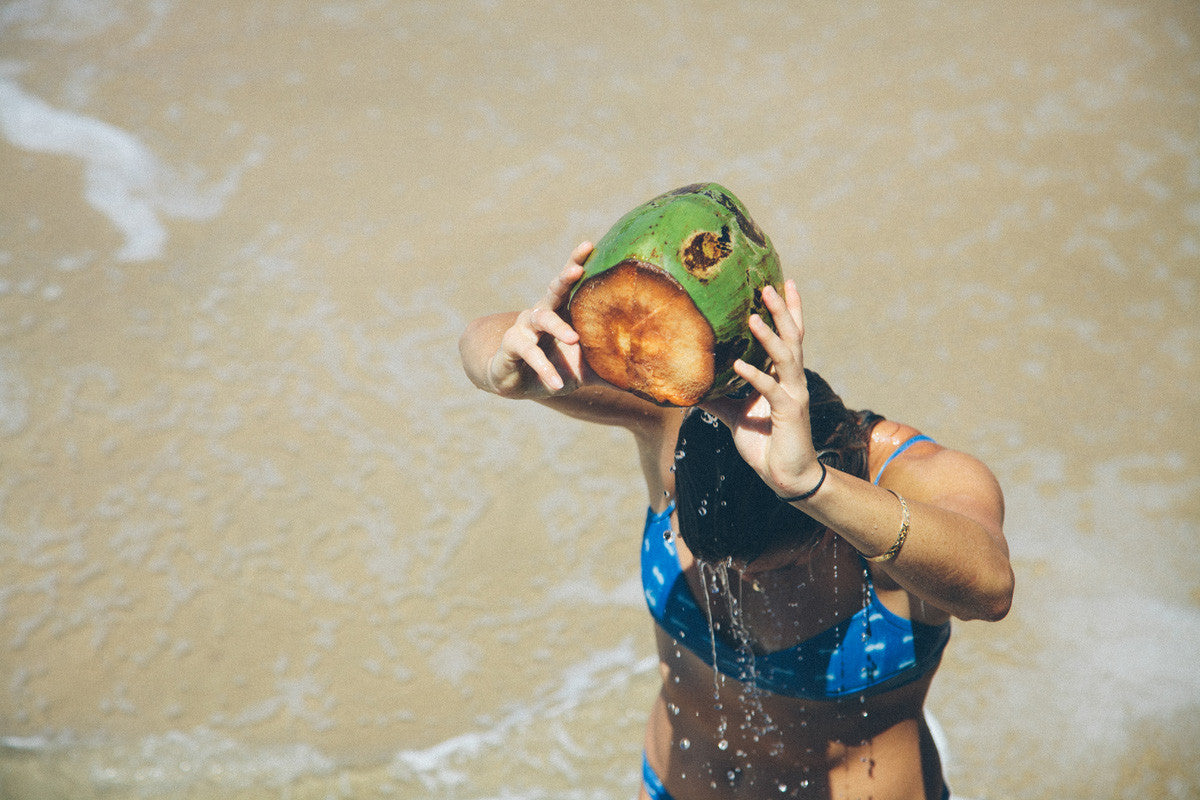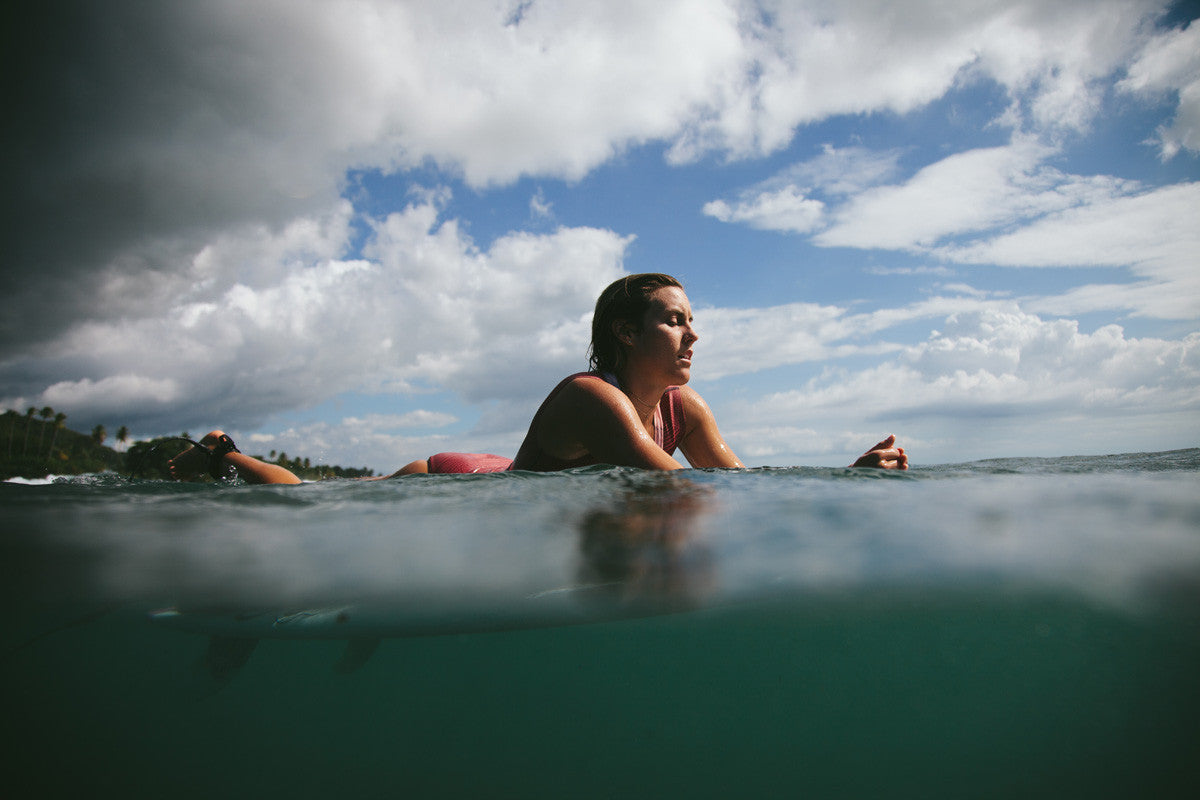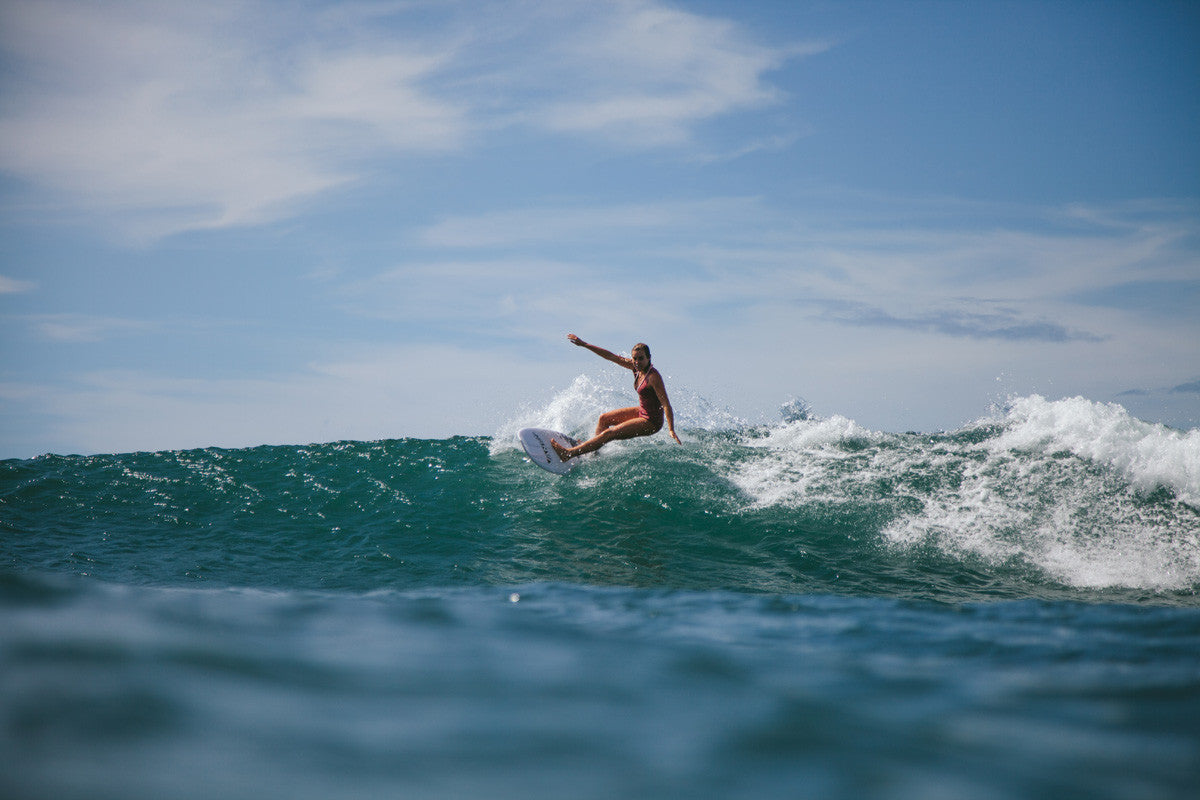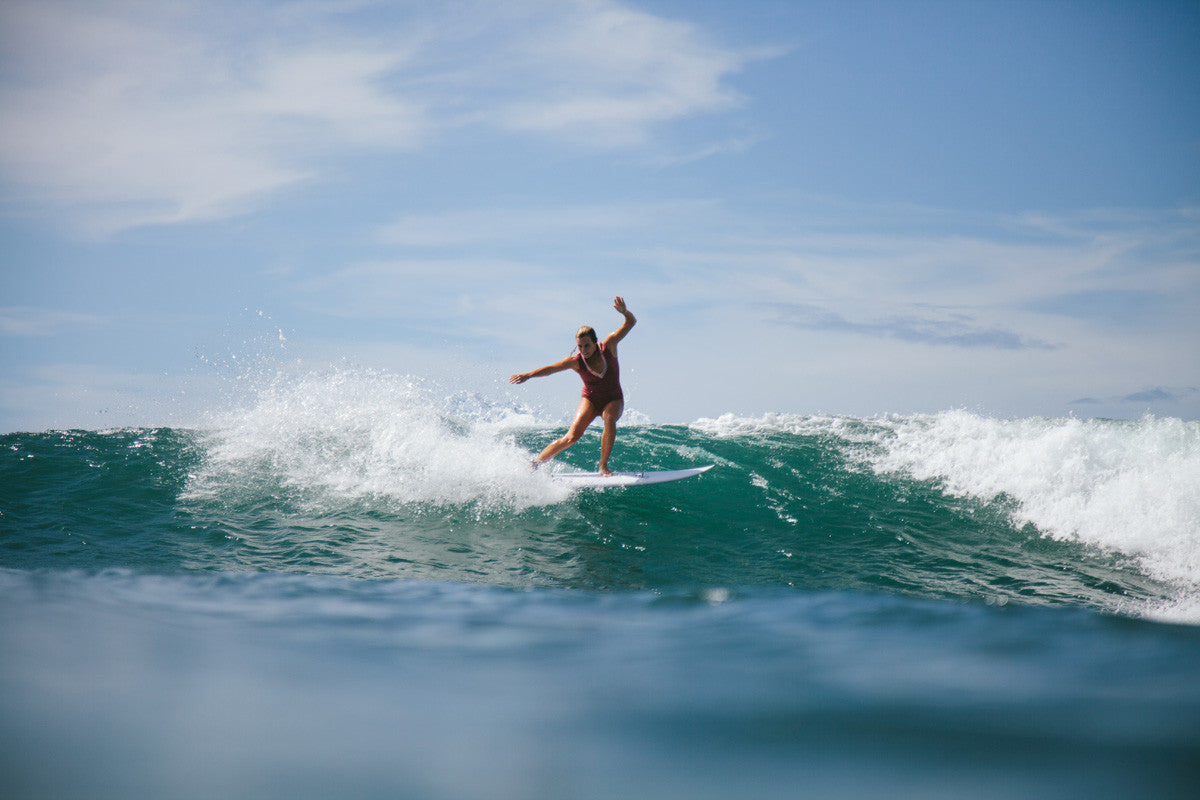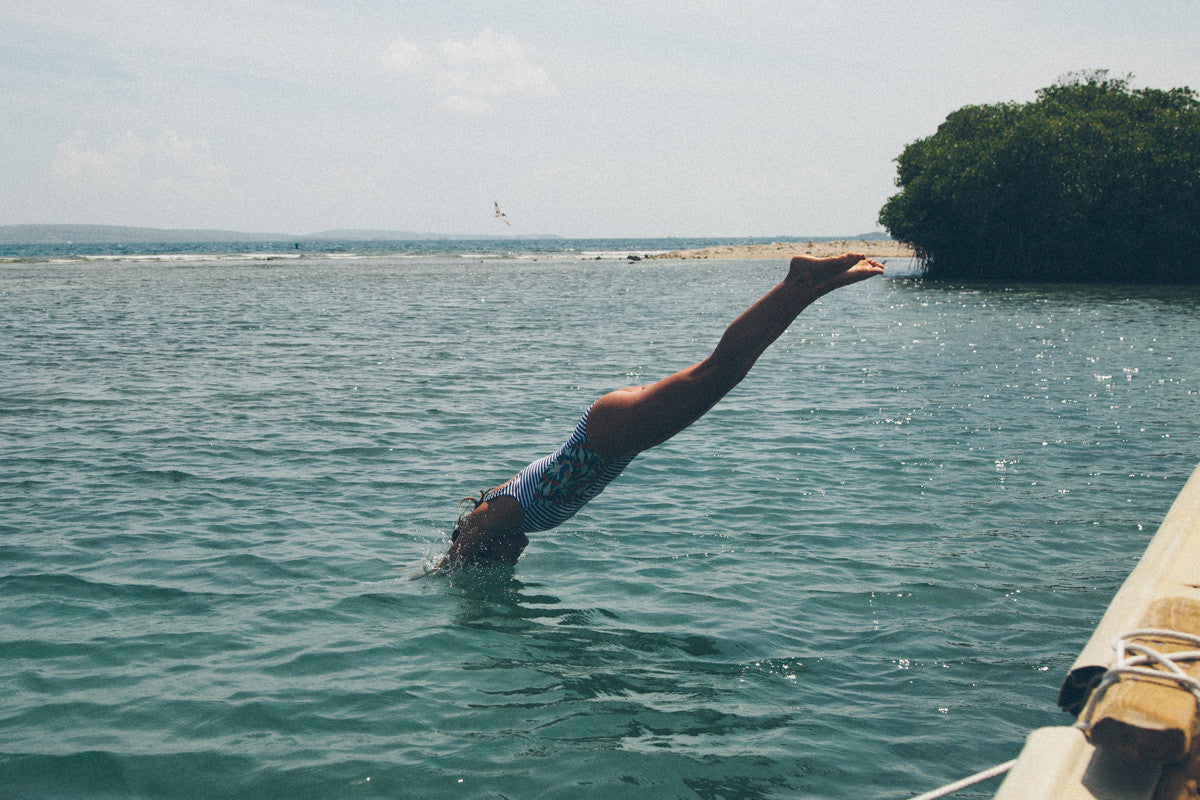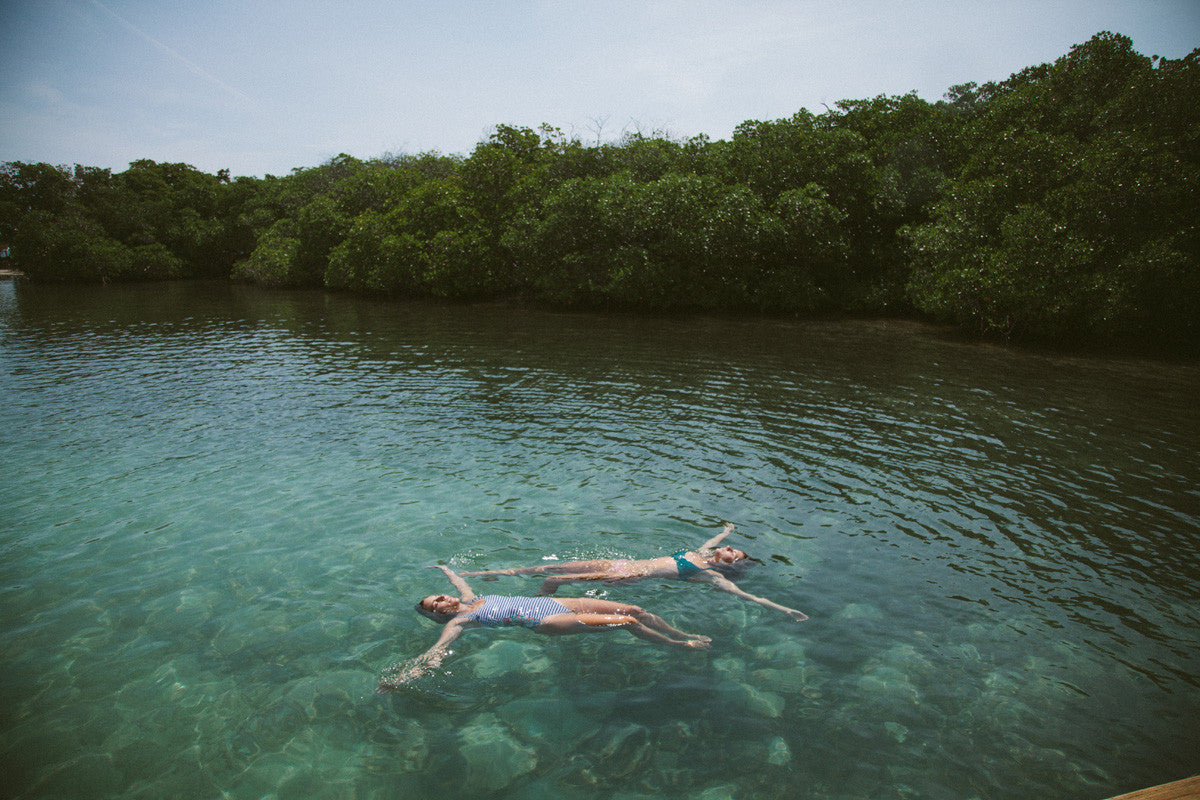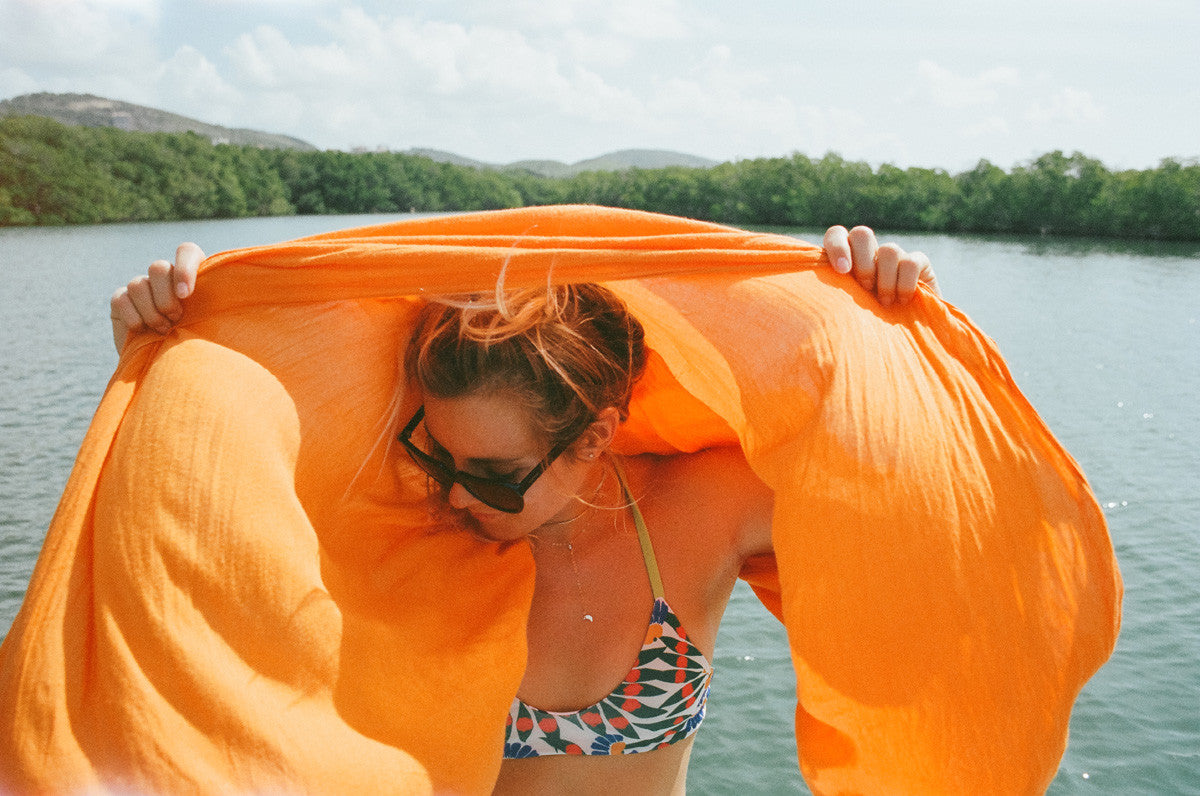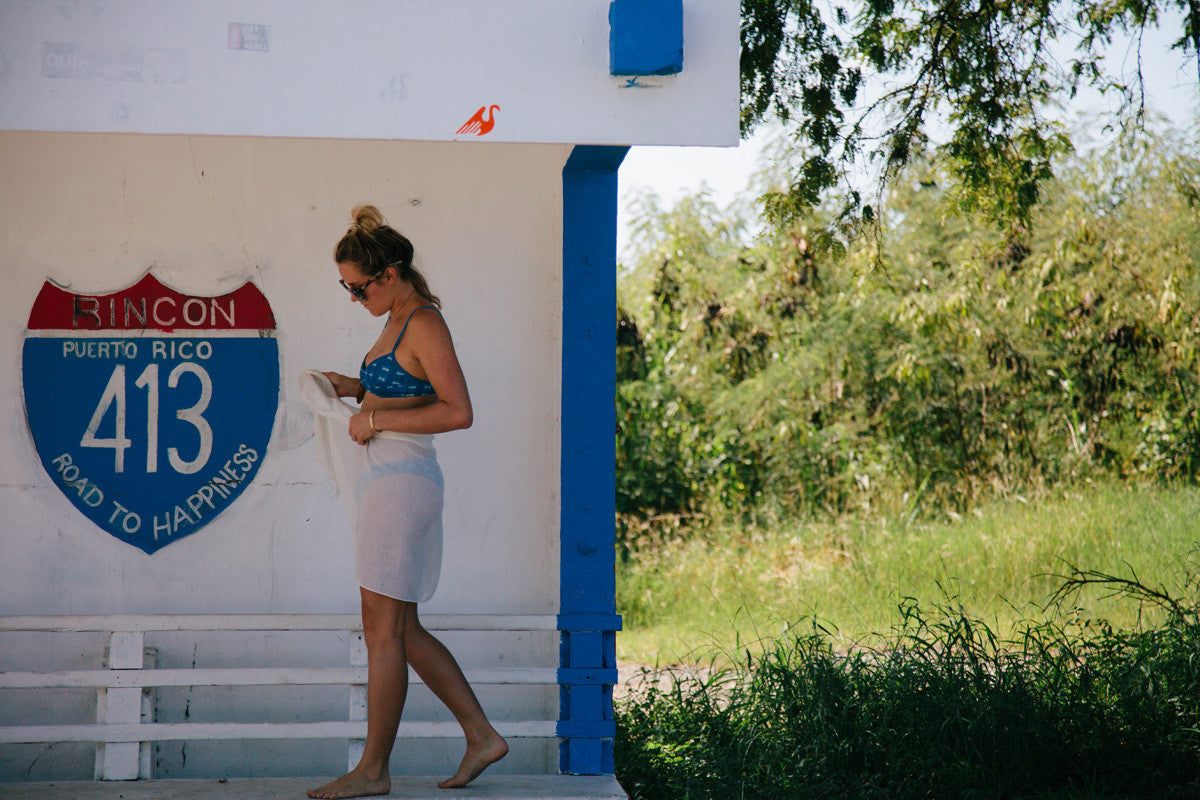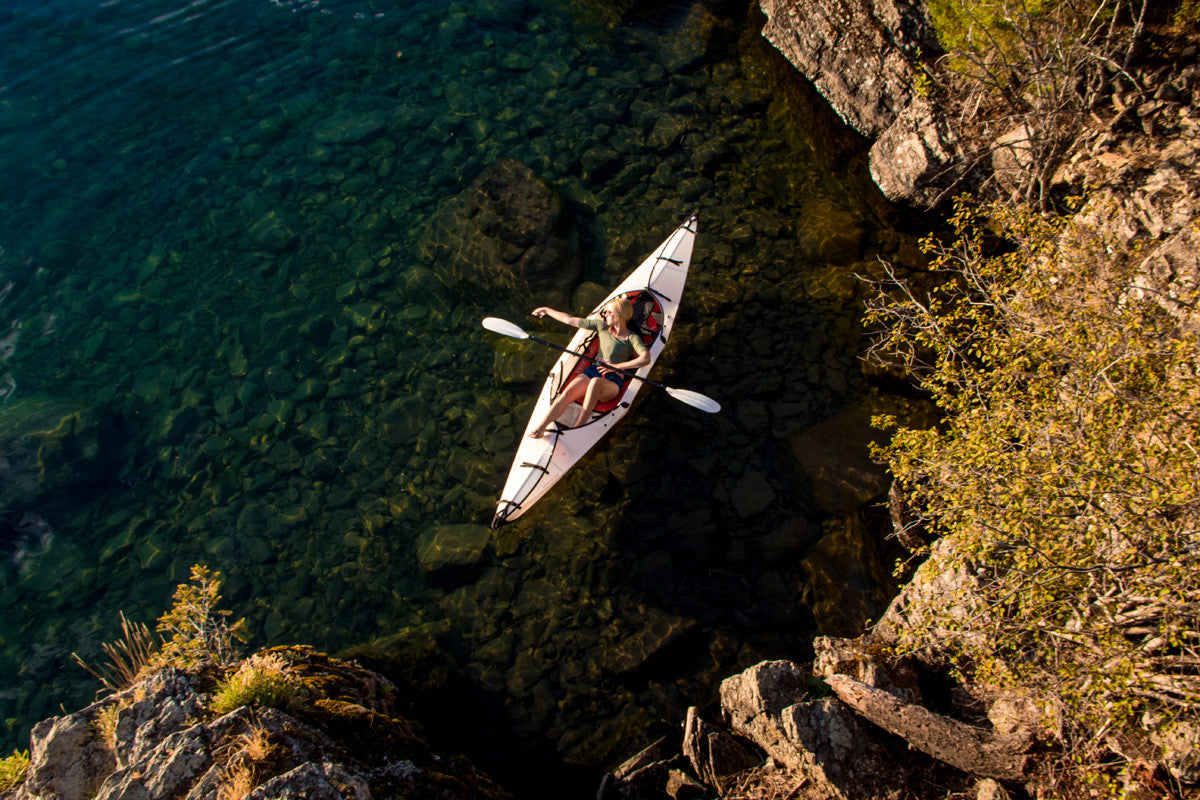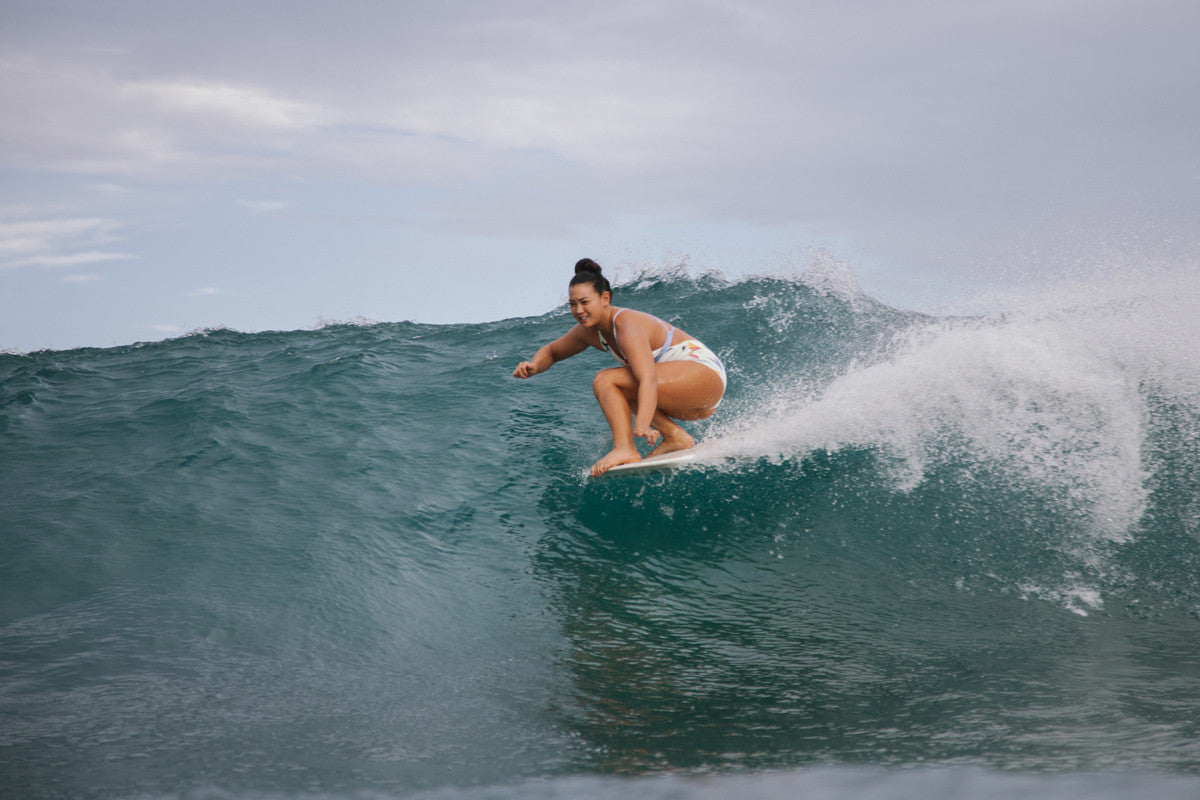By Johnie Gall
Whether by nature or nurture, it doesn’t take long for little girls who grow up on Hawaii’s Garden Island to find their flow in the ocean. “Little girls who grow up on Kauai don’t play soccer or do gymnastics—they surf,” explains island native Leila Hurst.
Some of Leila’s earliest memories find her perched up on a piece of driftwood beside her friends, watching surf legends like Andy Irons and Keala Kennelly. “Becoming a professional surfer never felt like a long shot,” she says. “We just all assumed we’d be pro surfers, too.”
But, by the time she was in her mid-teens, Leila was feeling mentally drained, and surfing had lost its luster. We talked more with Leila about her travel-induced burnout, and the moment she rediscovered her passion for discovering new places.
What was your first surfing girl gang like?
We literally took over the line up every day. It was probably pretty annoying for everyone else, but it was awesome to be part of such a good little crew.
When did you first feel like you were losing interest in competitive surfing?
I was really fortunate to get to know the right people and get into surfing at the right time, and surfing was a serious pursuit for me by the time I was 15. It wasn’t long after that that I started feeling a shift within myself. I was traveling the world, going to these amazing places, but surfing had started to feel repetitive. I would go here, go there, and just want to go home early. I was — in a word — bored. This was something I had been doing since I was six years old.And free surfing was your remedy for that.
Free surfing freed me because it gave me fresh eyes to see the world through. Waves, no waves — it didn’t matter. I surfed in the warm ocean waters off Ecuador. I jetted to New Zealand with my dad for perfect waves and otherworldly landscapes. I visited Cuba for four days with no plan. There’s only a handful of surfers on the entire island; Internet access is illegal and surf reports don’t exist. We walked through the city streets with surfboards tucked under our arms and the people there didn’t know what they were. There was only one male surfer and one female surfer, and we brought them surfboards because there’s no way to get a board there. In Indonesia, I discovered that tampons are lot like surf reports: You only miss them when they aren’t there!So the surf trips you take now are more about the raw experience of surfing and travel?
Quincy Davis and I share [the same] headspace, so when we traveled to Puerto Rico, the trip was never about finding the biggest waves or getting the best photograph. No one was panicking about getting ‘the shot.’ With no agenda, we’d get what we got, and see what we saw. What we got was lost—at least once a day, down dirt roads, on tin boats, and in the middle of conversations. We didn’t speak the language and Google Maps failed us, but we figured it out.
Do you feel like your new perspective has changed your relationship with surfing for the better?
Someone recently asked me what I would do if I wasn’t a surfer, and it was the scariest thing I’ve ever been asked. I don’t know how much longer I’ll surf professionally, you know? I hope for years and years, but who knows. I’m not sure I’ll ever have it all figured out, but as I get older, I’m more grateful for every trip I take. I certainly don’t book flights home early anymore. Maybe we’re all a little lost — I think the secret it to start embracing it.All photography and video by Lucrecia O'Keefe.
